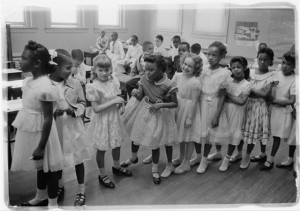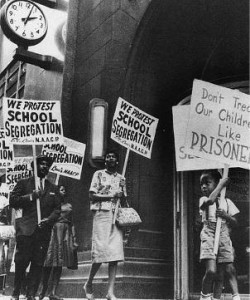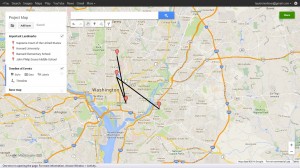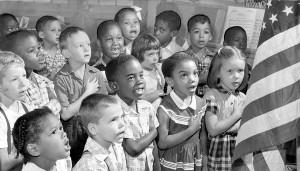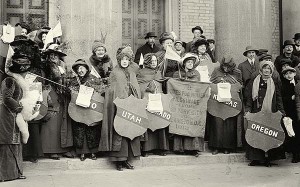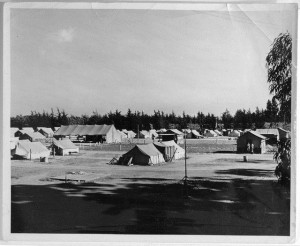Week Thirteen: Web Safety
Part One:
After learning this week about web security , I have decided to make some changes in how I use the internet every week. For example I have learned the correct way to create a password, and also not to use the same password for every site. In the past I have done this because it is easier for me to remember one password versus the many for every site I use daily. The reason I have never seen this as an issue is because I never really knew how high of a risk I ran each and every day I used the internet. Other than that I believe I am fairly secure online. I protect myself against viruses and do not download harmful information on to my computer. I do this by avoiding sites that would have this information on them. My internet usage accumulates data. My data for the most part is connected to school assignments. For the most part I use online resources for research. This data can be used by websites to see if their websites are popular, or commonly used. Search engine wise they can use the data from my previous searches in order to find similar things I would more likely be interested in, or to find useful.
Part Two:
At this point in my project I am pretty much complete with gathering materials needed for research. I have gathered a variety of both primary and secondary sources to use. All that is left is the final completion and piecing together all of the parts in order to create a final project that will tell the complete historical story. I am excited to use the Smithsonian site that provides information on the Bolling versus Sharpe case. This site is easy to use and has a timeline of events leading up to and following the case. It provides a great deal of information relevant to my topic. Other than that I am also excited to use the visual images. I am excited because not only does this topic have written works to describe conditions at the time, but it also has visual elements. By using the Library of Congress site I have found several different forms of visual images that can be utilized to really understand segregation and desegregation in Washington DC. I have not ran into any problems. I have found the material, and I understand the resources I have available to me. All that is left now is piecing together the final project.
 1 Comment
1 Comment